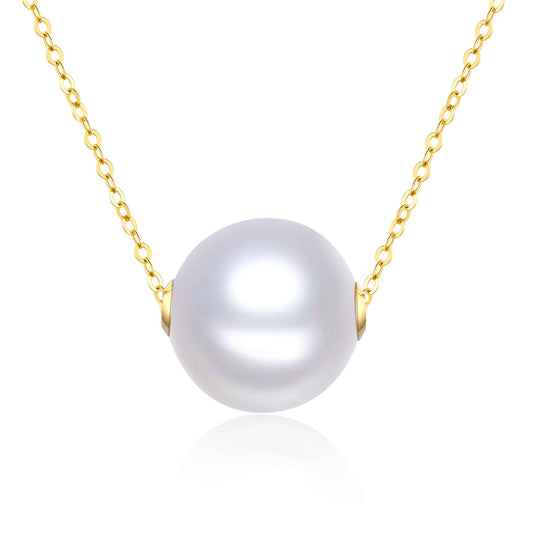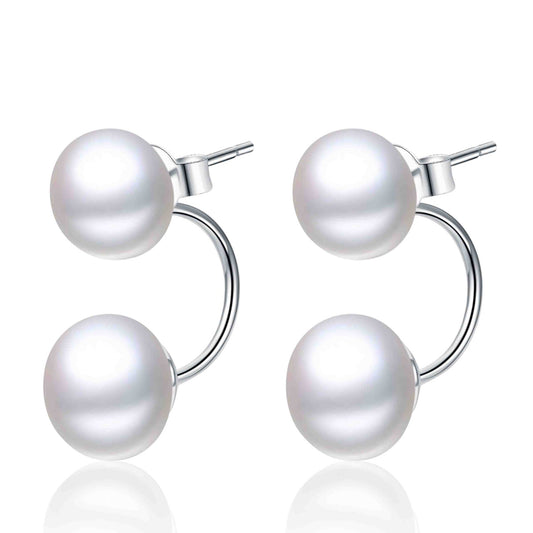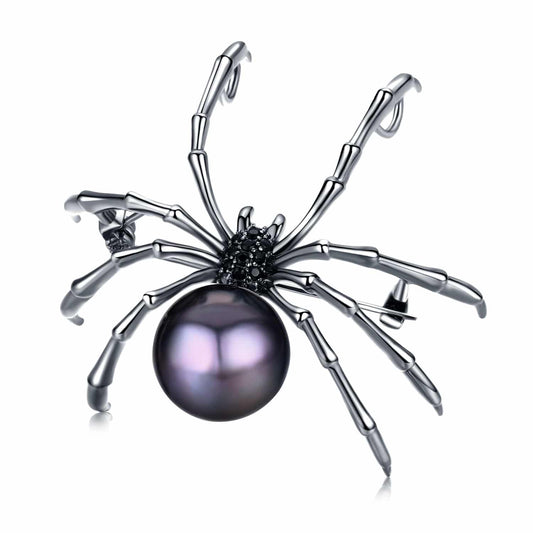
Pearl Processing & Treatments: What Happens after Harvesting?
Share
Unlike gemstones, pearls are created by a natural process and come out of the mollusk requiring no cutting or polishing. But that doesn’t mean pearls are not treated at all after being harvested from their mollusks.
Some processes and treatments are commonplace, acceptable, and enhance the pearl, while others can be damaging to the pearls and even deceiving to the customers.
Let’s shed some light on what treatments you can expect, and which you should try to avoid.
Pearl Treatments Explained
- Cleaning: After extraction, pearls are washed by tumbling them in rotating barrels with salt added to remove particles and odor. For high-quality pearls, this is often the only treatment they undergo.
- Polishing: Most pearls are also polished after cleaning. The polishing material consists of natural products, like slivers of bamboo, eucalyptus leaves, or ground walnut shells. An oily medium, like beeswax, is added to the mixture, and pearls are gently tumbled to smooth out small imperfections and enhance their luster. This process is done without chemical interventions, as chemicals can affect the nacre-quality.
- Bleaching: Many pearls are bleached to lighten and even out the color. This is mostly done on lower-quality pearls with a thin layer of nacre. The first layer of nacre covering the core of the pearl is darker than the other layers, but with enough layers, this darker color is hidden. If a pearl has been bleached, it usually is a sign that the pearl is of low quality, however, it may also be bleached to satisfy a market that prefers their pearls to be as near to white as possible.
- Drilling holes: If a pearl is used in a design where a hole is needed, like a necklace, a hole will be drilled through the pearl.
- Filling cracks and holes: Lower quality and baroque pearls may have hollow areas or a loose nucleus. These are sometimes filled with an epoxy, which makes them more solid and improves durability. Fillings are very difficult to spot with the naked eye as colors are matched with that of the pearl.
- Dyeing: Pearls are sometimes dyed to satisfy a fashion trend or to create a color that is rare to find, like gold. Pearls can also be dyed to make it easier to match a strand of pearls. Without intervention, it can take years to find enough pearls of the same color to complete a string of pearls. Depending on the quality of the dye-work, dyeing can be completely undetectable or it could be easy to spot if colors look unnatural or too perfect. Dyeing isn’t necessarily a bad thing, as long as that is disclosed and the customer knows up-front what they’re buying. Timeless Pearl always discloses whether a pearl has been dyed in the product description.
- Coating: Pearls can also be coated with a clear, lustrous coating to improve the luster of the pearl. This improvement is temporary as the coating can peel off over time, exposing the inferior luster underneath.
- Heat treatment: Heat treatments can be used to transform white pearls into gold, to darken pearl colors, or to enhance the luster artificially.
How Do You Know If Your Pearls Were Treated?
When you buy pearls from us, you can expect that all pearls are cleaned, most will be polished, and holes will be drilled where needed. Dyed pearls will be marked as such. Other treatments may depend on the farmers the pearls were sourced from. If you are unsure if any of the pearls in our shop have been treated, get in touch.
If you bought your pearls from another shop and you’d like to find out whether it has undergone any treatments, you can send your pearls to a lab to be tested. Most treatments can be picked up by using a loupe glass or using equipment like a UV spectroscopy to detect heat treatment.



